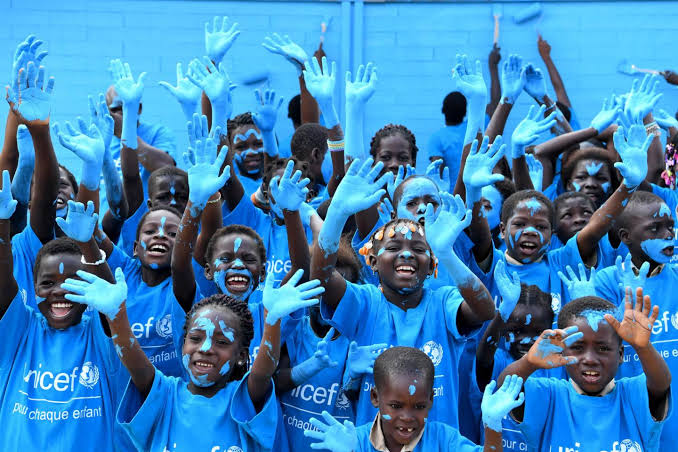
Imo and Ekiti rank the lowest in the number of out-of-school children in the country with one per cent and two per cent respectively, according to United Nations International Children’s Emergency Fund (UNICEF).
The Chief of Measurement for Results (M4R) UNICEF, Mr Claes Johanson, gave the figures on Tuesday, August 30, at a two-day Media Dialogue on the Multiple Indicators Cluster Survey 6 (MIC6) Results in Port Harcourt.
Also, the 2018 statistics indicated that Abia, Kwara, Enugu, Bayelsa, FCT, and Ekiti were topping other states with the lowest number of out-of-school children.
Read Also: Court Restricts NBC From Closing Broadcast Stations Over N2.6bn Debt
He said that 27 per cent of children aged seven to 14 years have foundational reading skills while only 25 per cent are with foundational numeracy skills.
Johanson, however, stated that the MIC6 had helped in fishing out data in every sector that would help in analysing how things were working and why they were not working.
He said;
The lowest out-of-school rates are found in Ekiti (two per cent), and Imo (one per cent). The highest rates are in Kebbi (65 per cent), Zamfara (61 per cent), and Bauchi (61 per cent).
Johanson said that the MIC6 results showed that Kebbi, Zamfara, and Bauchi States have the highest number of out-of-school with 65, per cent, 61 per cent, and 61 per cent respectively.
According to him, the figures indicate that Nigeria has not seen improvement in the number of out-of-school in the past five years and should begin to improve in this area.
It would be recalled that the data on the 2018 Digest of Basic Education Statistics by the Universal Basic Education Commission (UBEC) showed that Kano, Akwa Ibom, Katsina, Kaduna, Taraba, Sokoto, Yobe, Zamfara, and Bauchi were having the highest figures.
The UNICEF scribe noted;
The MIC6 cleared many things. In education and health, we’ve seen some of the most important findings. There is a good news, we’ve seen that fewer children under five were dying.
A large percentage of this is driven by increase in immunisation.
So, we had only 34 per cent children immunised five years ago. But now, we have 57 per cent, which really calls for celebration.
It is something we should really be happy about.
We also see that there is room for improvement everywhere particularly in education.
For the first time, we are looking at children that are actually learning, and we see that only 25 per cent have foundational numeracy.
One out of four children does not even go to school, so, the number of out-of-school children is still one in four and that’s the same as five years ago.
So, continuing education is the most important thing.
